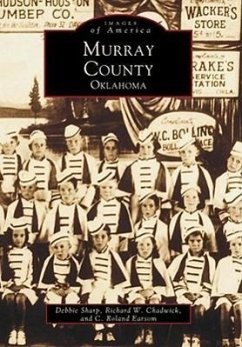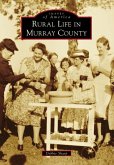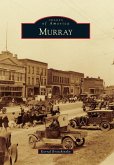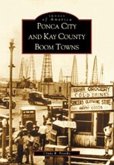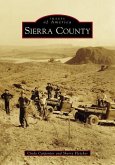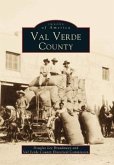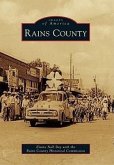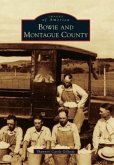Created from part of the Chickasaw Nation, Indian Territory, Murray County is an area of Oklahoma rich in resources and heritage. The 420 square miles of rolling hills and fields were home to several different groups and tribes of Native Americans, as well as an abundance of bison and other wild animals. During the early twentieth century, thousands of tourists testified to the healing powers of the free-flowing springs, flocking to the area. The Arbuckle Mountains, Turner Falls, Platt National Park, the Chickasaw National Recreation Area, and the Lake of the Arbuckles also draw visitors each year. Combining scenes of community and family life, industries, commerce, catastrophes, and celebrations with lively commentary, this book illustrates the history that shaped Murray County in a way that is both entertaining and educational.
Hinweis: Dieser Artikel kann nur an eine deutsche Lieferadresse ausgeliefert werden.
Hinweis: Dieser Artikel kann nur an eine deutsche Lieferadresse ausgeliefert werden.
